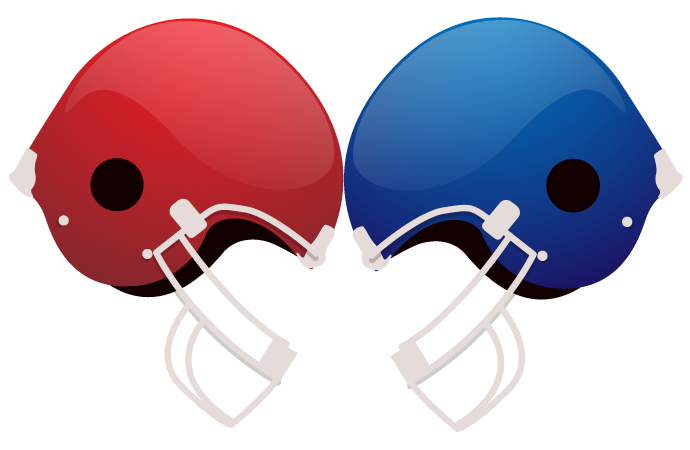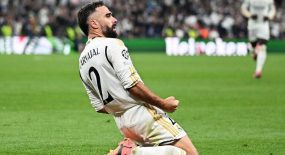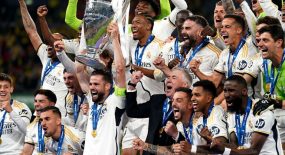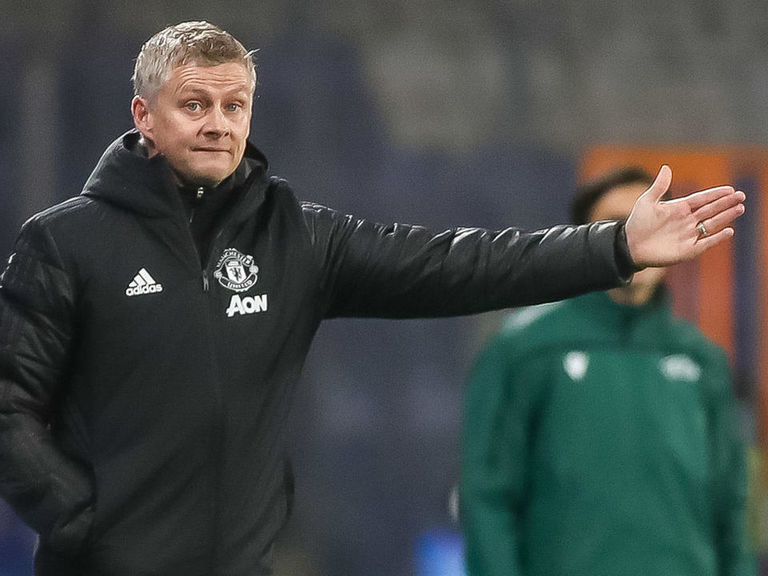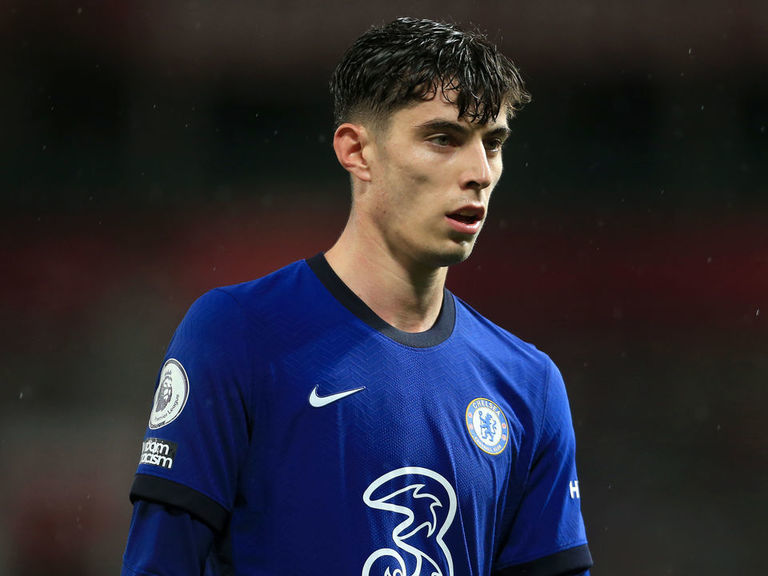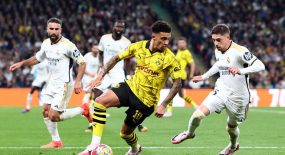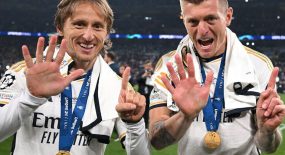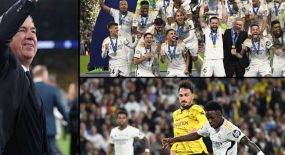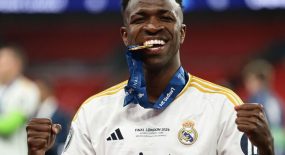HOUSTON — The Houston Texans are 1-6, have already fired their head coach and general manager and do not have a first- or second-round draft pick in 2021, but defensive end J.J. Watt said he is not interested in a rebuild.
Watt, who was a first-round draft pick by the Texans in 2011, was asked Wednesday whether he thinks he will finish his career in Houston.
“I don’t think it’s any secret that I don’t have 10 years left in this league,” Watt said. “I personally believe that I do have a few more great ones left in me. But you also can’t … I’m not looking to rebuild. I’m looking to go after a championship, and that’s what I want to do. So, whatever is in the best interest of the Houston Texans, that’s in the best interest of myself.” The Texans, who have only beaten the 1-6 Jacksonville Jaguars this season, fired head coach and general manager Bill O’Brien after they lost their first four games. The team has quarterback Deshaun Watson and left tackle Laremy Tunsil under long-term contracts, but it otherwise does not have a lot of young talent locked up.
Watson said even with the coaching change, he doesn’t think that the Texans are in a rebuilding mode, but rather just in a period where they’re “finding the right pieces to the puzzle.”
“I agree with J.J.,” Watson said. “I don’t want to sit here and change everything, but I do want to win a championship eventually.”
Watt has 99 career NFL sacks and is on pace to be the fifth-fastest player in NFL history to 100 sacks. The defensive end started his career with 74.5 sacks in his first five seasons, but after not missing a single game during that time, he spent time on injured reserve in three of the next four seasons.
Watt is the only player in NFL history to record 20 or more sacks in a season more than once. This season, Watt has three sacks, a forced fumble, a fumble recovery and three tackles for a loss.
Watt has one more season on the contract extension he signed in 2014, but none of the $17.5 million he is owed in 2021 is guaranteed. Watt has won three NFL Defensive Player of the Year awards and the Texans have won six AFC South titles since he was drafted, but the team has only won four playoff games in his first nine seasons.
“Early in your career, you think life goes on forever,” Watt said. “Obviously, we win our first-ever division, our first-ever playoff game in my first year. In the second year we go 12-4 and you think that life’s going to be great and you’re just going to keep getting better and better. And then you go 2-14 and the reality of the business side of the NFL and the reality of all the things that come along with it hit you in the face. And you realize that oh, this isn’t all roses all the time. And then you look at the last seven years or so. And yeah, we won some division championships and that’s great, but that’s not the goal. That’s not the goal.
“And your goal can’t be to make the playoffs. Your goal can’t be to win one or two playoff games. If your goal is not to win the Super Bowl, and your goal is not to do everything in your power to make that happen, and make your organization in the best possible situation for that, then that’s not going to happen. So that is my goal. That’s why the work goes in. That’s why I fought back from all these injuries. Because that’s the goal, and that’s what I’m still working towards.”

